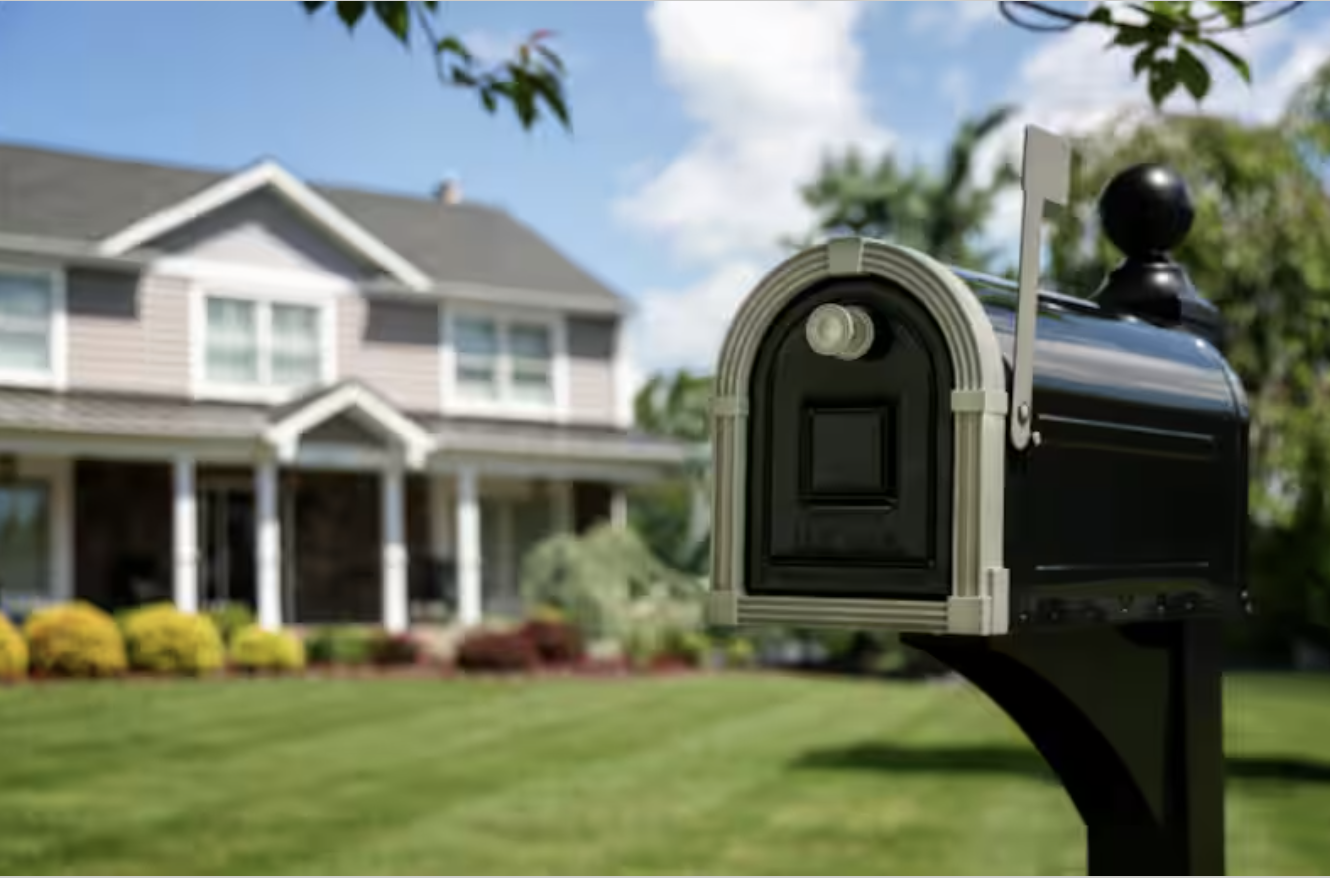When someone dies, the mail doesn’t stop. The bills keep on coming, and magazines continue. They may be on many mailing lists, and friends may not have been aware. As executor, the mail is your responsibility; however, it is also a source of information.
Mail is Information
The decedent may have a tidy file box or cabinet with all their accounts laid out for you or a beautiful estate plan listing assets. Nonetheless, some detective work is often a part of estate administration in even the most organized situations. For the executor of the organizationally impaired, one sympathizes. The mail may be one of the best sources of information about the accounts, assets, and liabilities the decedent holds.
Statements may provide clues to accounts and contact information. In which case, as executor, you can close accounts, notify who needs to be notified, pay who needs to be paid, and better yet, get checks from the accounts you need the estate to get checks from.
Also, as executor, you want less mail to go through, not more. The more you can pare down the unnecessary stuff from coming in, the lighter your load will be. Ultimately, you’d like the decedent’s mail to slow to a trickle.
Executor is Authorized
The executor is legally authorized to forward and open the decedent’s mail, but only after the court secures the acknowledgment. Testamentary or other court documentation showing the named executor of the estate will be necessary to hold or forward the decedent’s mail.
Mail Piling Up
As the mail keeps coming, you don’t want a stuffed, overflowing mailbox notifying everyone passing by, “No one’s home!” Think looters. Think Squatters. Make arrangements to have mail picked up regularly. Unfortunately, the Post Office will not hold or forward the decedent’s mail until you have the documentation as the decedent’s personal representative or executor.
Magazine Subscriptions
Inside the magazine, in the masthead (usually behind the table of contents 3-4 pages), there is likely an e-mail address for subscriptions. You can use this to notify them that “The subscription under ‘Joe Smith’s’ name is canceled. Deceased.”
Catalogs may have contact information in different areas, but the same applies.
Deceased Do Not Contact List
The Data & Marketing Association/The Association of National Advertisers, Inc. maintains the DDNC (Deceased Do Not Contact List). Per the USPS, “Within three months of registering the deceased’s name with DDNC, advertising mail should decrease.” Here is the form: www.ims-dm.com/cgi/ddnc.php
Deceased. Return to Sender. Please Remove.
Old school. Keep a sharpie near where you lay down the mail. Start printing clearly, “Deceased. Return to Sender. Please Remove.”
Once Legally Named Personal Representative
Per the United States Postal Service:
- “Provide documented proof that you are the appointed executor or administrator authorized to manage the deceased’s mail. (Simply having their death certificate is not enough.)”
- “Complete a change of address request in person.”

